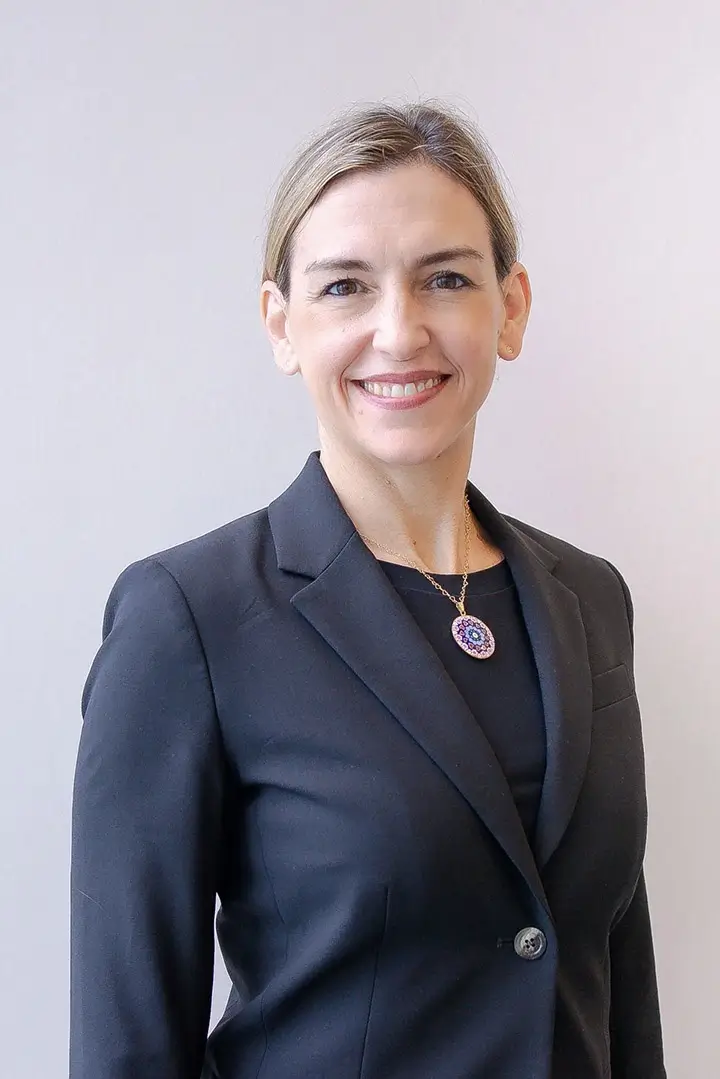On Wednesday, a Japanese scientist who recently broke new ground in the field of stem cells said that the technology could be used to cure diseases and heal injuries within 10 years.
Shinya Yamanaka of Kyoto University said the new technology is so simple that many laboratories are competing to make further breakthroughs. In November, Yamanaka’s team reported the creation of cell that were indistinguishable from those taken from human embryos. They accomplished this feat by reprogramming human skin cells.
It is only a matter of time before this technology is used in hospitals said Yamanaka while meeting with reporters in Tokyo.
“I can tell for some patients and for some diseases it may be not, like, 10 years, but for some diseases I can imagine it can take longer than 10 years,” Yamanaka said.
“That depends on diseases and injuries. There’s no single answer,” he said.
There are 220 different types of cells in the human body, and stem cells which are primitive cells, have the potential to differentiate into any of these.
With the hope that stem cells can replace diseased or damaged cells, tissues, and organs, the therapeutic potential of stem cells is enormous.
Since viable embryos had to be destroyed to extract embryonic stem cells (cells which are thought to have the greatest potential among all stem cells), stem cell research was highly controversial: until now.
Critics of embryonic stem cell research, which include the Roman Catholic Church, praised the discovery. A separate team of U.S. researchers at the University of Wisconsin at Madison, led by James Thompson, also reprogrammed skin cells at the same time as the Japanese team.
The research has since upped the pace. Several laboratories in Japan as well as up to five in the United States have also converted human skin cells into pluripotent stem cells, or iPS cells.
“This is because technology is very simple,” he said. “All you need is a basic technology, cell biology” and “you don’t need special technology or equipments.”
Yamanaka admitted that the many rivals in research make things stressful. But he believes “it speeds up everything, the process, because of the competition.”
“So I think it’s very good for patients who are waiting” for treatment, he said.

